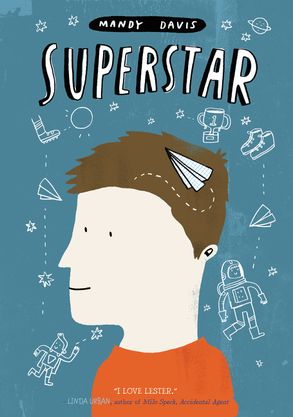Ever wanted to ride your tricycle through the carwash just to see what would happen? Yeah, me neither. But that's exactly what happened in an early scene of Gordon Korman's latest middle grades read, Restart. And that scene is how I'm going to start my Book Talk for Restart when school starts up again. Just the image of a boy riding through a carwash on a tricycle with a GoPro on his head, while his friend videos from the observation window! I laugh every time, and it's what got my son interested in the book.
Restart isn't really about insane children, although there are other funny scenes involving middle school YouTubers. (Leaf Man, anyone?) It's actually a refreshing story about a boy who wakes up with amnesia after being knocked out by a head injury.

Your heart really goes out to the kid - until he gets home and starts looking at the pictures on his phone. There's a heart sinking moment for both the reader and the character as he realizes that although he doesn't remember it, he is the school's worst bully. He knows that he needs to change his ways - but the question is, will he be able to? Most kids in the school are terrified of him and may not give him another chance. And the worst part is that he doesn't remember what he's done to kids, so he doesn't know what problems he needs to fix.
The point of view is what makes this story great. I think that it would have been tedious to read the book from the sole perspective of the bully. However, each chapter is narrated by a different character - Chase the ex-bully, his former bully friends, and his former victims. Each character has a different take on "old Chase" vs. "new Chase," and it's fascinating to watch his relationships with his classmates change.
Plus, there's that tricycle scene....
Highly recommended for any middle grader. Most of them are going to react well to all the YouTube references. And I think that boys especially are going to get a kick out of this book. This would be great for either a read-aloud or a read-alone.





